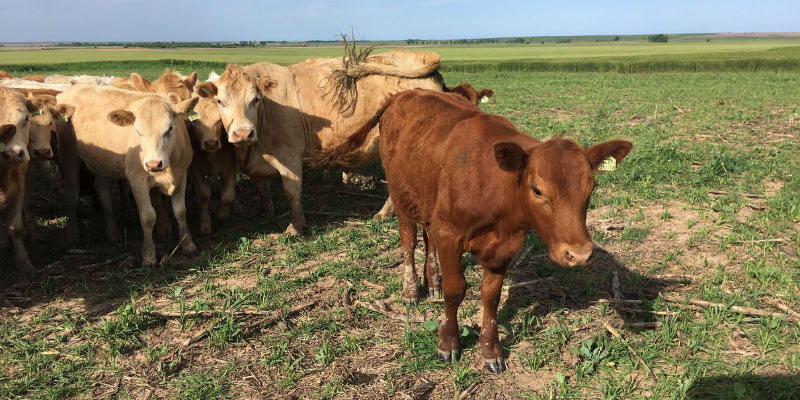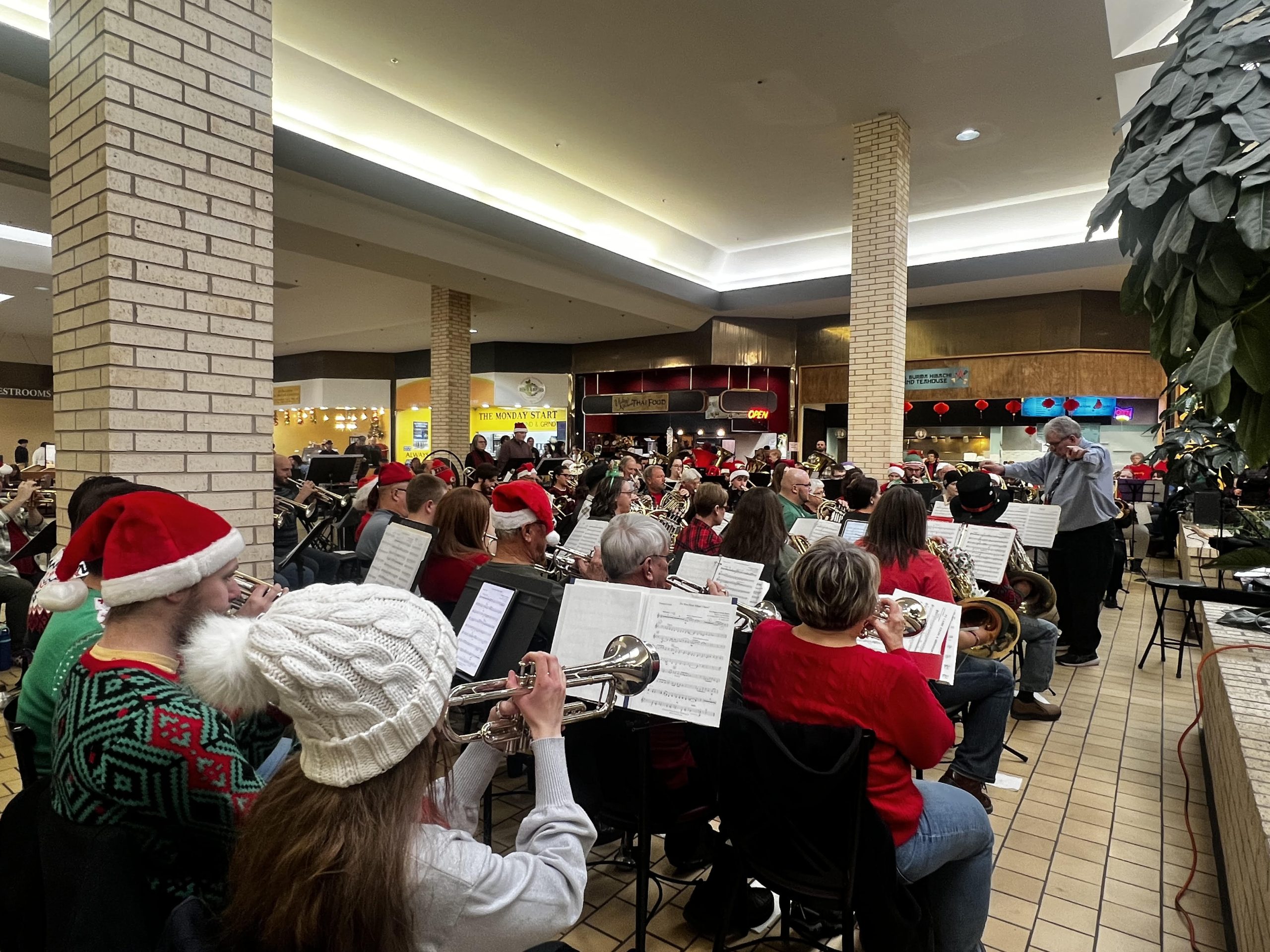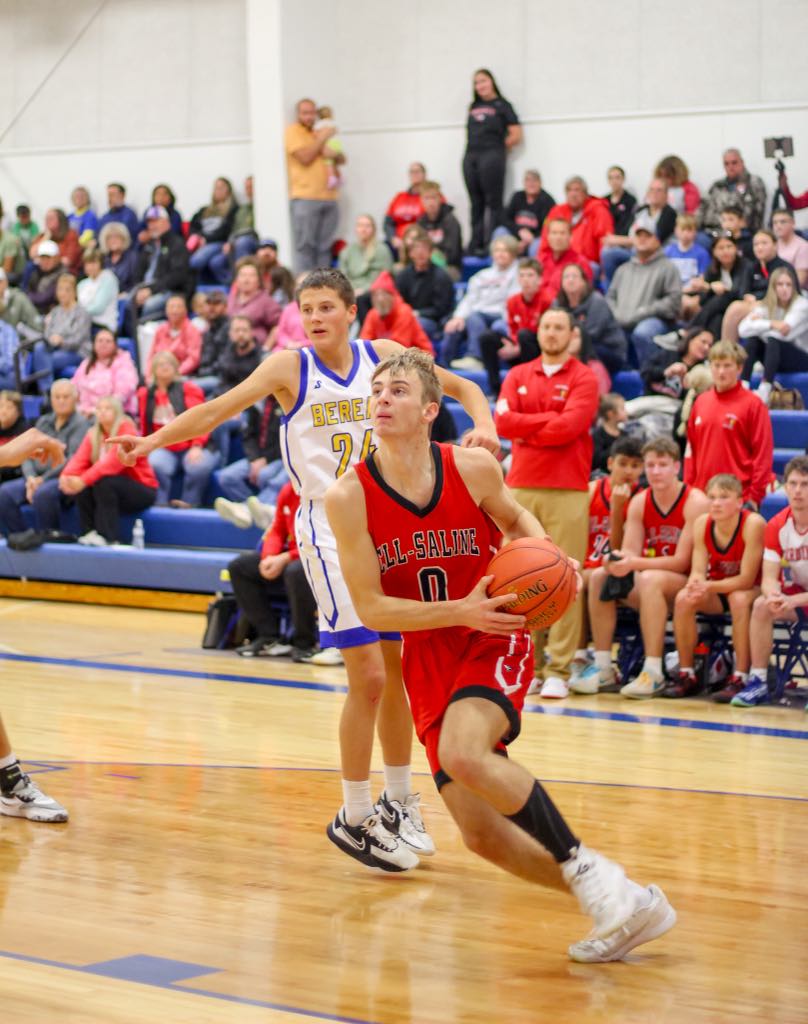Kansas State University researchers have found that grazing cover crops can improve soil health in no-till dryland cropping systems, addressing a key concern for producers in water-limited environments like the central Great Plains.
The study, conducted from 2018 to 2021 across three producer fields in central and western Kansas, found that grazing cover crops with beef cattle had no negative effects on soil’s physical or chemical properties compared to ungrazed cover crops. In fact, researchers observed increases in soil organic carbon stocks and potassium concentrations in grazed plots.
“These findings are significant for producers looking to integrate livestock into their cropping systems,” said Logan Simon, an agronomist at the Southwest Research-Extension Center in Garden City. “Grazing cover crops at moderate stocking rates with adequate post-grazing regrowth can be a viable strategy for intensifying no-till dryland cropping systems while maintaining or improving soil health.”
Simon said a common concern among producers is the potential for soil compaction due to grazing. This research found no negative impacts on key soil physical properties when stocking rate and duration of cover crop grazing were managed. Soil bulk density, penetration resistance, water-stable aggregates, and wind-erodible fractions were comparable between grazed and ungrazed plots, he said.
Soil organic carbon stocks increased in grazed plots, attributed to manure deposition and retained plant residue, leading to improved soil structure and reduced erosion potential, highlighting broader soil health benefits.
“This research demonstrates that integrating livestock grazing with cover crops can be a win-win, supporting both agricultural productivity and environmental sustainability,” Simon said.
The study also found that cover crop biomass left as residue after grazing was similar to pre-grazing levels, with approximately 60% of ungrazed biomass retained due to regrowth after the grazing period. This level of residue retention aligns with Natural Resources Conservation Service recommendations and helps maintain soil protection while still providing valuable forage for livestock.
Sites were grazed over a 30-40-day period, allowing for approximately 40-50% removal of cover crop biomass and cover crop regrowth after the grazing rotation. Simon said it is important to note that results from similar studies are likely to vary based on grazing animal stocking rate, categories, duration of grazing, and available cover crop biomass for grazing.
In addition to Simon, collaborators on this study include Augustine Obour, K-State soil scientist; John Holman and Kraig Roozeboom, K-State cropping systems agronomists; and Sandy Johnson, K-State Research and Extension beef specialist.
The article, “Cover crop grazing effects on soil properties in no-tillage dryland cropping systems in the central Great Plains,” published in the Journal of Agriculture, Ecosystems and Environment, is available free through August 20 at https://bit.ly/3W5VXW4.



